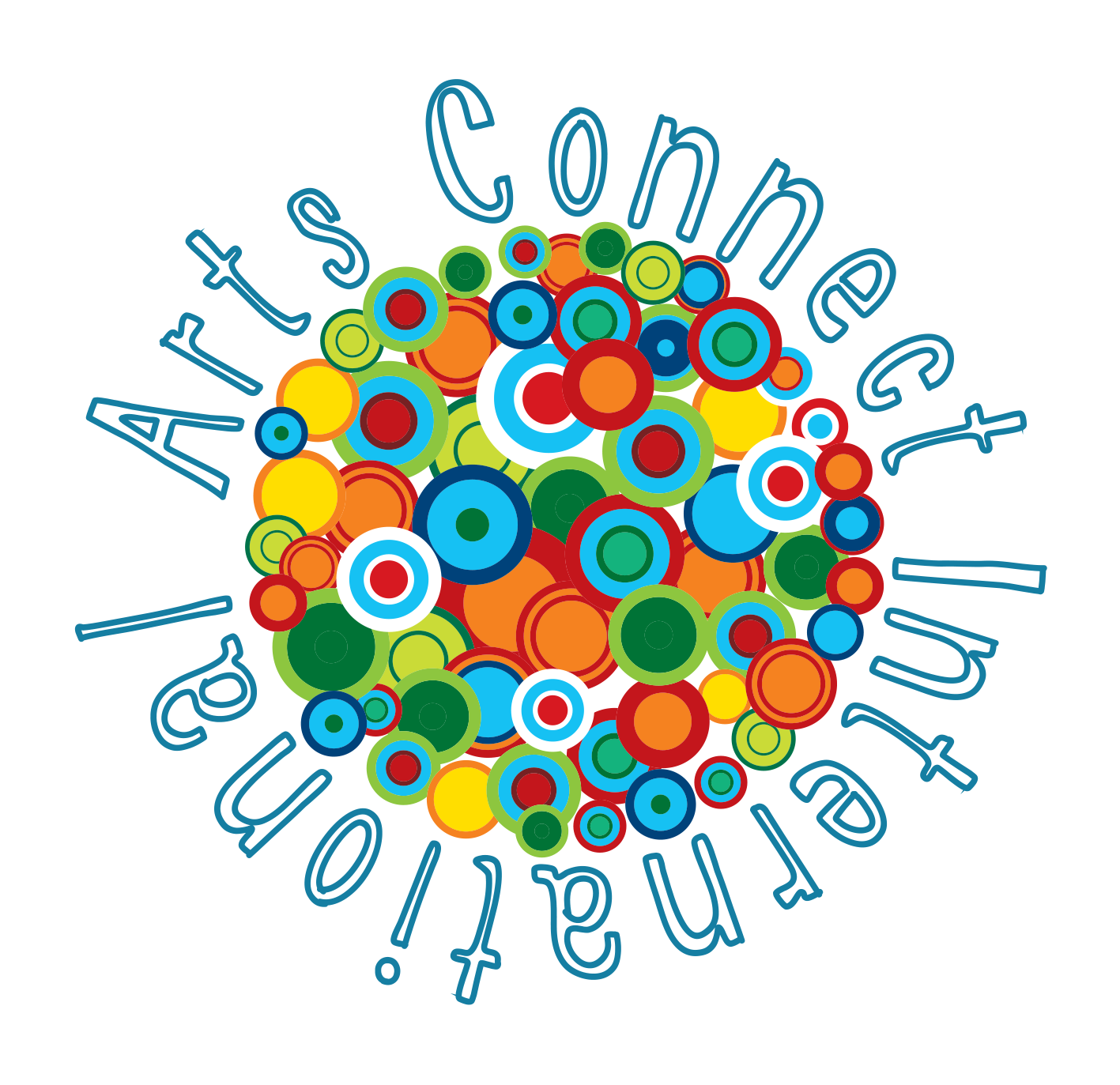ACI Artist Leader Stephen Hamilton
Project: "Yoruba Empowerment in Nigeria"
Placement: Osogbo, Nigeria
Hometown: Boston, USA
One of the benefits of living and working at the Nike Centers for Art and Culture was that I got a chance to document the incredibly extensive textile collection. The collection includes Nigerian textiles (mostly from the Yoruba kingdoms), Raffia cloth from the Kuba Federation in the Democratic Republic of Congo, Malian mudcloths, and even one beautiful example of a Ghanian kente cloth. The Yoruba-made textiles are by far the most extensive part of the collection and include cloth made on both the women’s and men’s looms. The collection also includes a huge variety of Adire (tie and dye and starch resist cloths executed on both handwoven and machine weaved cloth. The woven textiles include antique textiles woven with handspun cotton threads, dyed with natural dyes (mostly indigo with some camwood dyed warp sections). They also include Sanyan textiles woven with the once illustrious beige wild silk collected from the Anaphe moth as well as textiles woven with imported silks from Asia, and synthetic and machine-spun cotton, rayon and polyester threads from Europe, Asia, and the Americas. There were indigo robes, shirts, trousers, wrappers, and hats. The textiles’ beauty is only surpassed by their diversity. The pieces are testaments to tradition as well as ingenuity and creativity. There are clothes that could have easily been worn in the ancient courts of Ile Ife and the Ogiso era the Benin Kingdom. The weavers take ancient motifs and execute them with brilliant synthetic or metallic threads. These threadsare sometimes sewn together with imported textiles to create beautiful and unique pieces that speak to the individuality of the weavers. I began to respect and recognize the creators not only as traditional craftsmen but also as contemporary textile artists, who work from an African aesthetic tradition.
Being immersed in this tradition, I began to think about the Americas’ perceptions of African textiles. So much Dutch, Indian, and Chinese made printed textiles have become synonymous with African clothes. Although an important part of contemporary African Identity, these wax prints often undercut the rich local handmade textile traditions of West and Central Africa. The ancestral resist dyeing and weaving traditions that link Africa with diaspora often go unnoticed in favor of the printed textiles, as do important avenues of mutual exchange and economic development of African creative markets. The "invasion" of these foreign textiles is so absolute that they have almost completely replaced the once vibrant raffia weaving tradition of Central Africa, which at one time was producing tens of thousands yards of domestic and luxury textiles.
These wax print textiles, originally created by the Dutch to sell in Indonesian markets, were often made to specifically imitate the Batik patterns and motifs of southeast Asia. When it was discovered that this cloth sold far better in African markets, they began exporting them across the continent. Although Africans in the early 20th century loved these brightly colored "new "textiles, their patterns and colorways held little to no significance in comparison to the preexisting textile traditions. In West Africa, indigenous weaving and resist dyeing traditions continued to flourish and to evolve alongside these newer imports.
For us in the Diaspora, it is important to understand the history and evolution of African textiles. If our ancestors were able to see the brightly colored machine-made textiles that we associate with Africa today, I don't know if they would recognize them. For example, today’s version of a Dashiki is vastly different from the ones our ancestors wore back in the day. However, they are very similar to those made in West Africa today by West African weavers and tailors, who maintain these vibrant traditions. The technicolor floral and kaleidoscope patterns that dominate printed textiles would have been alien to them, but the tie and dyed patterns that are still made and used in Nigeria, Mali, and Liberia would have been strikingly familiar as they not only predate the transatlantic slave trade but also may have been practiced by the descendants of African slaves in the Americas up until the 19th century. The indigenous textile traditions of Africa are rich, varied, and represent both continuity and change. As we in the diaspora begin to explore African textiles, it is important to understand the roots of these traditions, the fascinating ways in which these aesthetics and traditions relate to our own textile and aesthetic traditions, and how we can economically support this incredible work made by black artisans.



